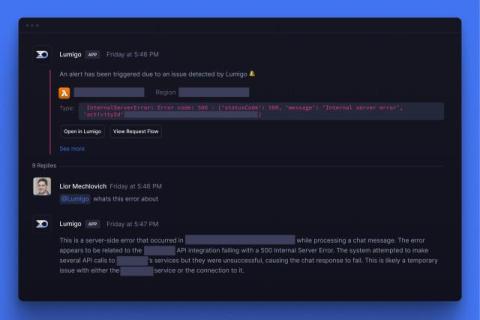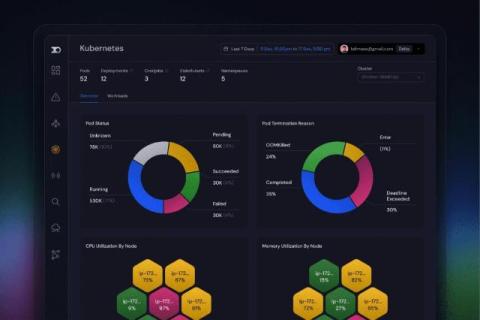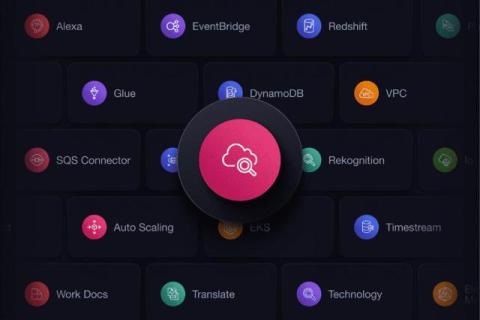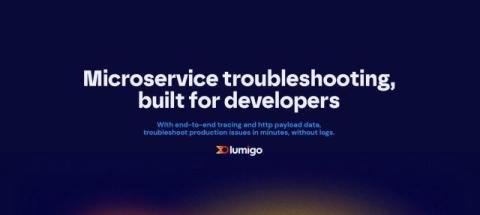Solving a GitHub Mystery in Seconds
It started like any other alert. An issue was detected by Lumigo. Service: prod_copilot_repo-parser_cont Error Type: FailedToProcessGithubRepository A notification popped up in Slack. Someone’s repository wasn’t processing correctly. Not a great way to start the day.











